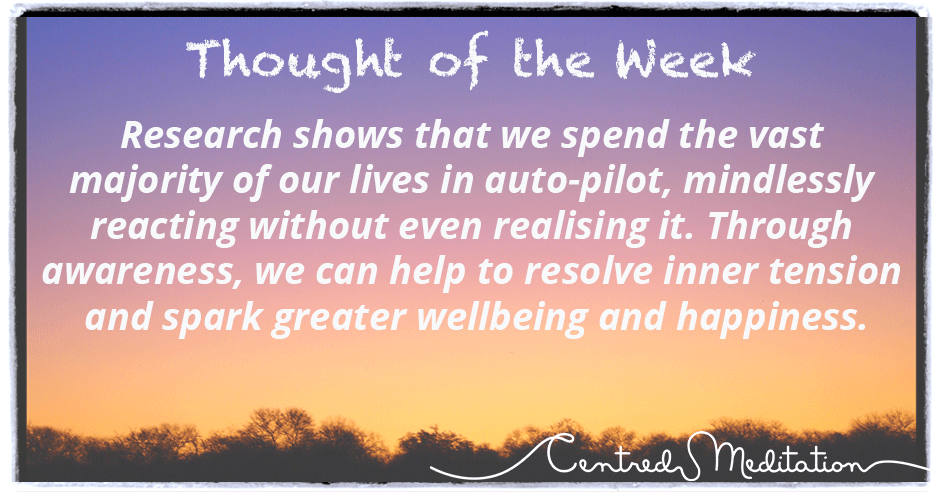Did you know that the brain begins to prepare for action just over a third of a second before we consciously decide to act?
What’s going on?
It turns out that there’s much more going on beneath the surface than we actually realise, and it’s all thanks to the so-called nonconscious part of our brain. Why is this relevant? Studies have shown that people who have more alignment between their conscious and nonconscious motives have greater wellbeing and satisfaction than those who don’t. Which makes sense, because if what we think we want and what we really want are even slightly different, it’s going to manifest as tension on some level within ourselves. Ever heard of a Freudian slip? Freud was a renowned psychoanalyst who pioneered our modern understanding of the nonconscious mind way back in the early 1900s, and it’s been continuously researched ever since. In fact, it’s now believed by some cognitive neuroscientists that the nonconscious mind is actually responsible for a whopping 95 – 99% of all our cognitive activity (including our decisions, emotions, actions, and behaviour). Crazy, huh?
How the nonconscious mind works
The nonconscious mind is thought to be composed of everything it has absorbed from our external environment over the duration of our life. It is responsible for nonconscious learning, the influence of this learning on our judgements, decisions, and emotions, and the various spontaneous organisational and reorganisational processes occurring ever since. For example, our nonconscious mind understands and responds to meaning, forms emotional responses, and guides most of our actions, largely without our conscious awareness.
What’s more, every single perception we have relies on the processing of hundreds of thousands of pieces of nonconscious information. Interestingly, our nonconscious mind is believed to be able to process 40 million bits of information per second compared to our conscious mind which is only able to process a mere 40 of those. So the bottom line is, we spend the vast majority of our lives in our nonconscious mind, automatically reacting to situations using previously stored behaviour responses, without even realising it! Funnily enough, we often then spend the next while rationalising and justifying the decisions we made which we had minimal control over in the first place!
What this means
For us, it indicates that there’s clearly a lot more going on beneath the surface than we ever realised. So if we are serious about this self-development thing, then we ought to start diving deeper. The first step in our opinion is bringing awareness to our nonconscious activity throughout the day, which includes observing the less comfortable parts of ourselves that arise (thoughts, feelings, and behaviours). The second step is accepting and owning them as part of our current being, after which we can begin to explore what’s driving them. An alternate approach to changing our nonconscious motives is to actually modify our behavior directly. Since behaviour often precedes changes in attitudes and feelings, by altering our behaviour, we provide our brain new data to feed off and nonconciously learn from. Then the more we practice this new behaviour, the more automatic it becomes until it eventually sticks as our nonconscious way of being. Fake it till you make it, if you will 🙂


